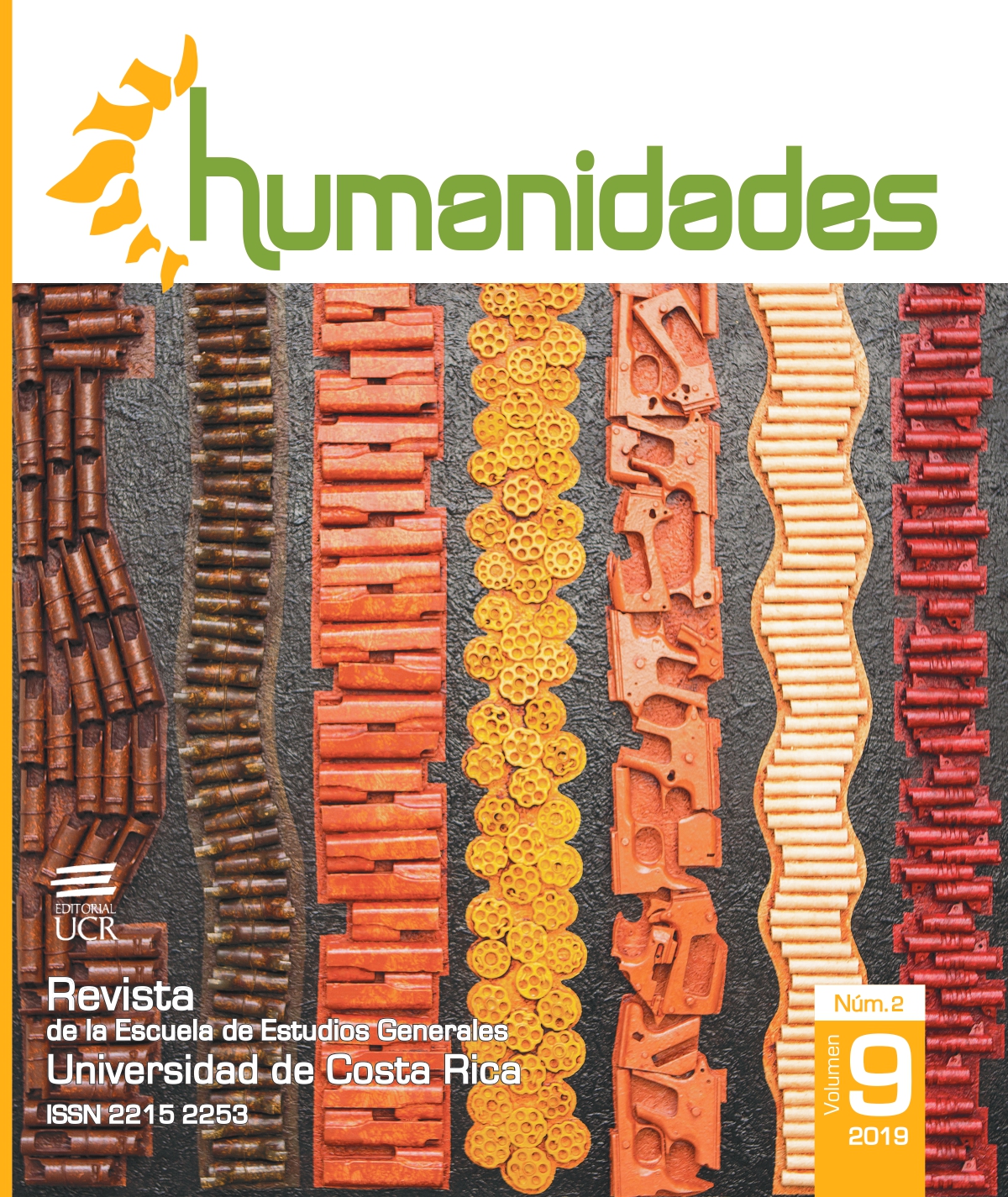Abstract
When we have lost faith in reality and only believe, as Berardi states in the preface of Los condenados de la pantalla, in the infinite proliferation of images (Steyerl, 2014, p. 12), what do we have left? Who are the new deities? In whom or in what do we believe? We could affirm that in anything that will deliver, produce, and reproduce images.
If images are our new objects of belief, and digital screens (which permit us to approach beliefs) are our new deities, it becomes necessary to employ them in order to take a political stance before the world, especially in the field of art production and visual studies. This paper examines the positions of several artists, such as Ryoji Ikeda, David Horvitz, and Pussy Riot, who work with on-screen images. This paper also considers the digital screen and its interfaces the historical archive of the events of contemporary society.
References
Brea, J. (2010). Las tres eras de la imagen. Madrid, España: AKAL.
Brooks, D. (4 de febrero de 2013). The philosophy of data. The New York Times. Recuperado de https://www.nytimes.com/2013/02/05/opinion/brooks-the-philosophy-of-data.html
Burnett, R. (2005). How images think. Massachusetts: MIT Press.
Harari, Y. (2017). Homo deus. Nueva York: Harper Collins Publishers.
Horvitz, D. (17 de marzo de 2011). David Horvitz talks about “Public Access”/Entrevistadora: Lumi Tan. Recuperado de https://www.artforum.com/interviews/david-horvitz-talks-about-public-access-27770
Ikeda, R. (2008). V≠L. Recuperado de http://www.ryojiikeda.com/project/VL/
Parker, A. (10 de junio de 2011). Twitter’s secret handshake. The New York Times. Recuperado de https://www.nytimes.com/2011/06/12/fashion/hashtags-a-new-way-for-tweets-cultural-studies.html
Pold, S. (2005). “Interface realisms: The interface as aesthetic form.” Postmodern Culture, 15(2). doi:10.1353/pmc.2005.0013
Steyerl, H. (2014). Los condenados de la pantalla (Trad. M. Expósito). Buenos Aires, Argentina: Caja Negra Editora.


